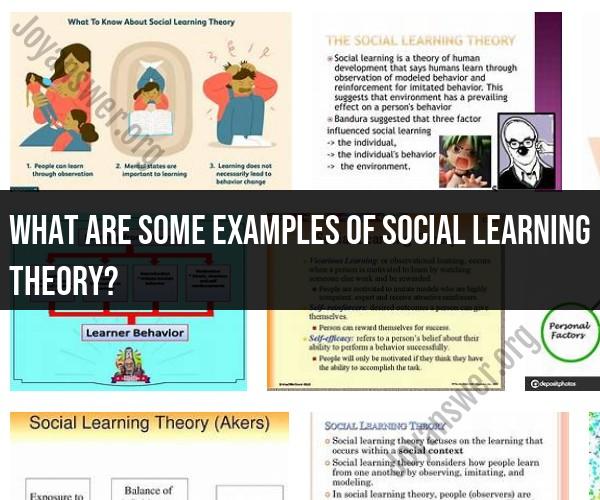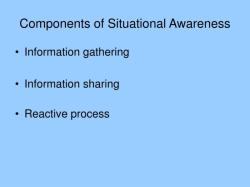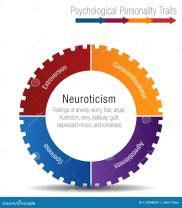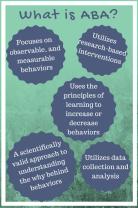What are some examples of social learning theory?
Social Learning Theory, developed by Albert Bandura, is based on the idea that individuals learn by observing others and the consequences of their actions. It emphasizes the importance of social interactions, modeling, and reinforcement in the learning process. The theory is grounded in four key pillars or components, and here are examples of each:
Observational Learning:
- Child Learning to Ride a Bicycle: A child watches their older sibling ride a bicycle. Through observation, the child learns how to balance, pedal, and steer and eventually tries it themselves.
- Employee Training: In a workplace, new employees observe experienced colleagues performing tasks, which helps them learn how to complete their job responsibilities effectively.
Modeling or Imitation:
- Children Imitating Parents: Children often imitate the behaviors, gestures, and language of their parents. For example, a child may imitate their parent's way of speaking or cooking.
- Learning Musical Instruments: When learning to play a musical instrument, students often mimic the techniques and playing styles of accomplished musicians they admire.
Reinforcement:
- Classroom Behavior: In a classroom, a teacher may praise students who actively participate in discussions. Students who receive praise are more likely to continue engaging in class discussions.
- Parental Discipline: If a child observes a sibling being scolded for misbehavior, they may learn to avoid that behavior to avoid similar consequences.
Cognitive Processes and Mediation:
- Problem-Solving Skills: A student learns problem-solving skills by observing how others approach and solve problems. They may use similar strategies in their own problem-solving.
- Conflict Resolution: Someone learns effective conflict resolution by watching others manage conflicts peacefully and constructively. They may apply these techniques in their own interpersonal interactions.
These examples illustrate how Social Learning Theory is applicable in various contexts, from everyday life to educational and professional settings. The theory highlights the role of observation, modeling, reinforcement, and cognitive processes in shaping individual behavior and learning. By understanding these pillars, educators, psychologists, and individuals can apply Social Learning Theory to facilitate positive learning outcomes and behavior change.












